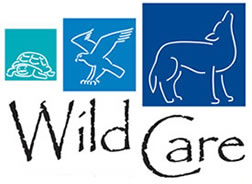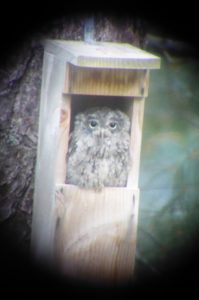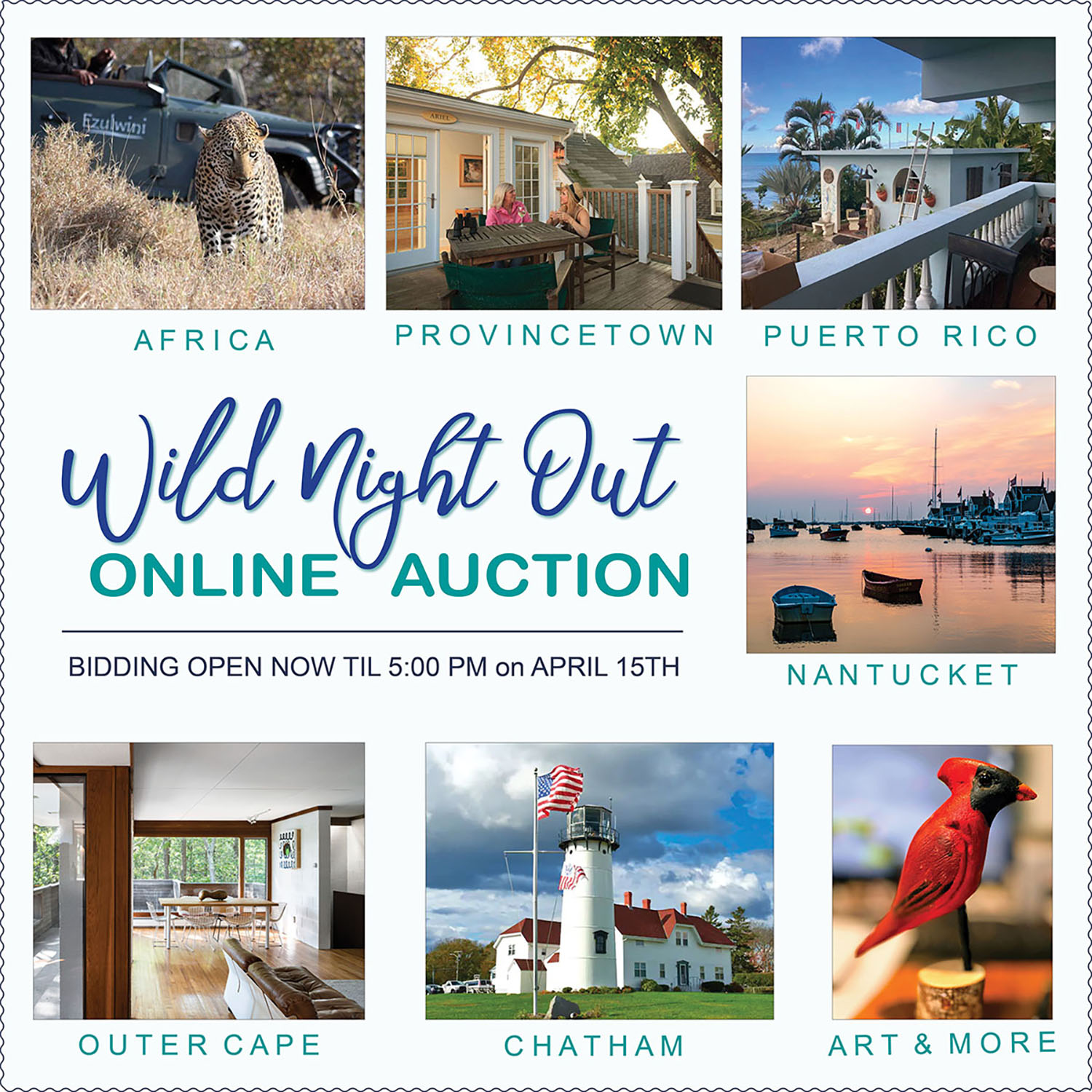Life After a Raccoon Invasion
by Jennifer Taylor. Animal Care Coordinator
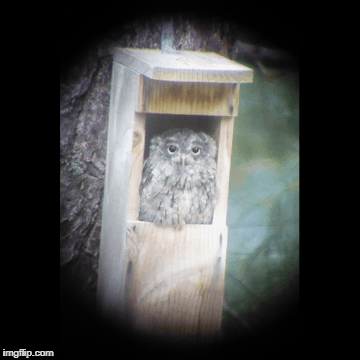 One of most heartwarming stories of 2017 was the rescue and release of a female screech owl from Falmouth, nicknamed Darwin by her rescuers.
One of most heartwarming stories of 2017 was the rescue and release of a female screech owl from Falmouth, nicknamed Darwin by her rescuers.
In April a raccoon had ransacked the nestbox of a screech owl couple. The McCumbers (Jake McCumber and Lisa Snowberg) found one of the owls on the ground covered with the yolks of her own eggs. There was only one unbroken egg left in the box. They put the owl in the box with the egg and brought them both to Wild Care. Needless to say, the bird was traumatized and had been beaten up defending her nest, but there were no fractures or life threatening wounds. Our major concern was her injured left eye. It was cloudy and the pupil was mis-shapen. We let her stay in a nest box as she remained a loyal loving mother sitting on her egg. (Unfortunately the egg never hatched, but we believe it made her stay at Wild Care a little less stressful). Her appetite was great from the beginning and she was soon on the mend.
Dr. Patel from the Cape Wildlife Center in Barnstable, and a veterinary ophthalmologist, examined her and together they decided that surgery was not necessary. There was some vision left in the eye and the prognosis was good. She was upgraded to a flight aviary to gain strength, and to be under observation. She being an adult bird with experience hunting would deem her releasable, as long as she passed her flight test, which she did! After six weeks at Wild Care she was ready for release. We were told by the McCumbers that her mate had never stopped calling for her.
With much preparation and new raccoon-proof construction by her rescuers, she was released back in the same location-right next to the house her mate was living in. They were finally reunited!
Click on the pictures below to see in full size:
The McCumbers had kept a journal that proved to be very helpful to us as the mother recovered at WC. This was important information which told us the egg was not viable after a certain amount of time had passed. They also knew by the owls’ behavior approximately what date the eggs were laid.
Pictures were taken of our injured patient when she was just a baby owl, on their property from the year before. They watched this baby grow up with her family. They named her Darwin. She eventually found a mate. They nested together in a box on the McCumber’s property. Her mate was named Mouse Eater. By observing their behavior they could tell who was which sex. View the life of Darwin, before and after she was reintroduced to her home. She and her mate reunited, and we hope to hear that they have owlets this spring! Photos by Jake McCumber.
|
| 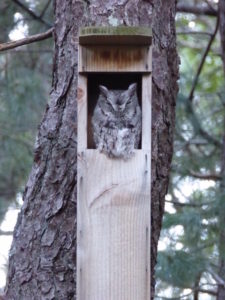 |  |
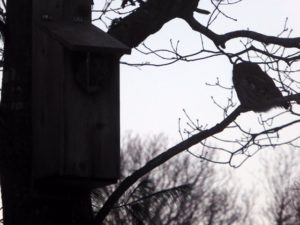 | 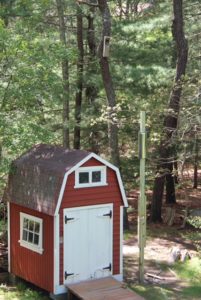 | 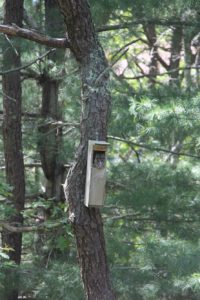 |
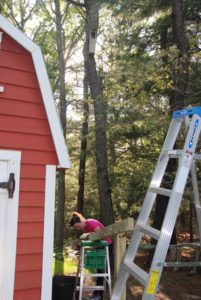 | 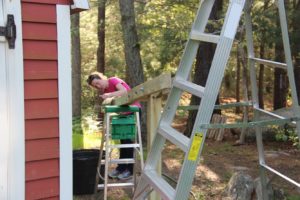 | 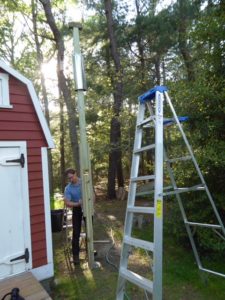 |
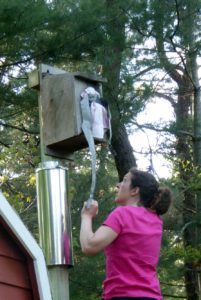 | 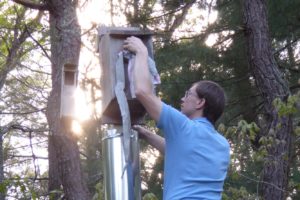 | 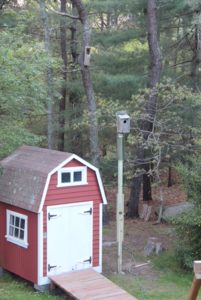 |
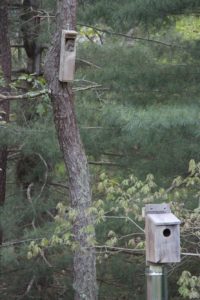 | 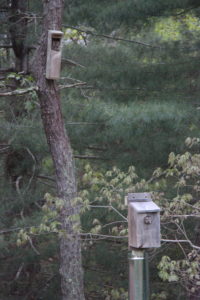 | 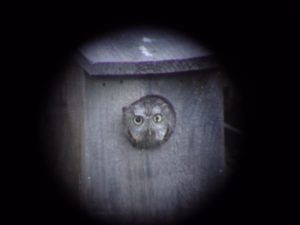 |
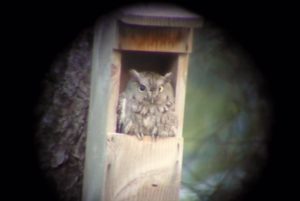 | 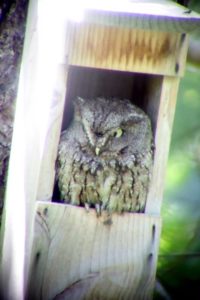 |
Wild Night Out Online Auction
READY, SET, BID… We are so excited to announce that our Wild Night Out Online Auction is now live!
READ ALL NEWS
CALENDAR OF EVENTS
04 April, 2024
Wild Night Out Online Auction
EVENT DETAILS
05 April, 2024
Wild Night Out
EVENT DETAILS
28 February, 2024
Wildlife Winter/Spring Talk Series
EVENT DETAILS

DID YOU KNOW??
Wild Care has a state-of-the-art seabird therapy pool, which allows seabirds and waterfowl to exercise on running water. This will help our bird friends recover more quickly so they can get back to their watery habitats!
